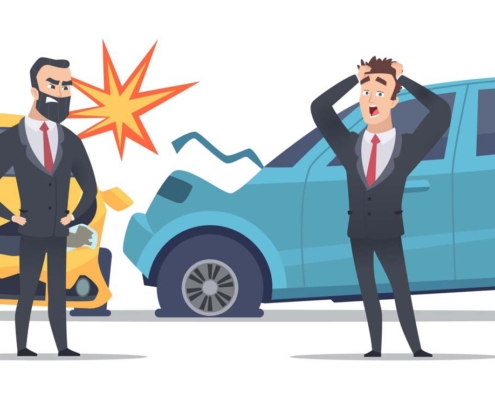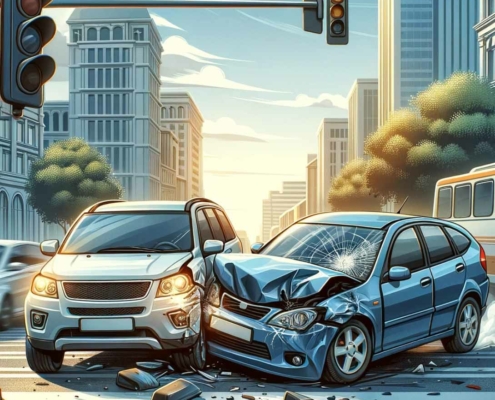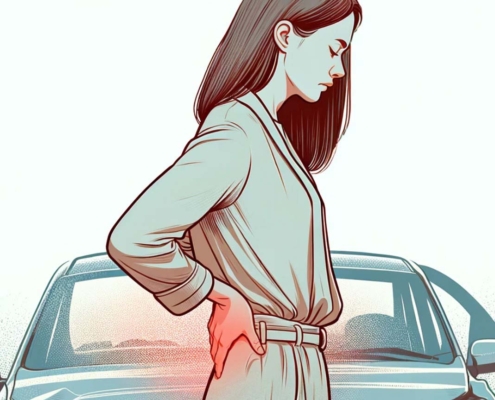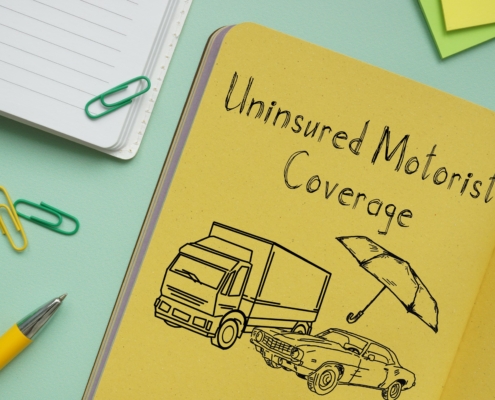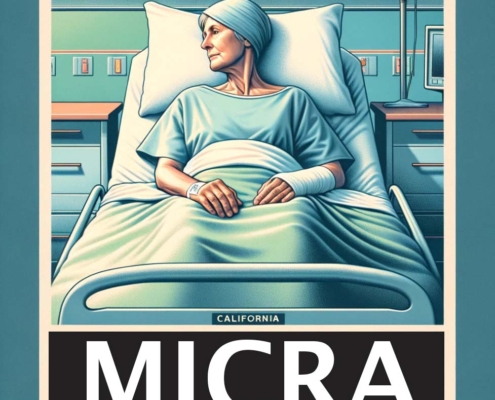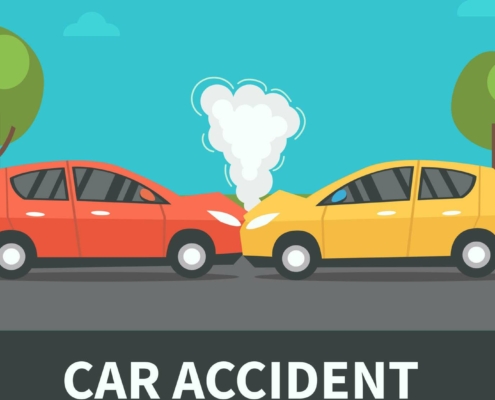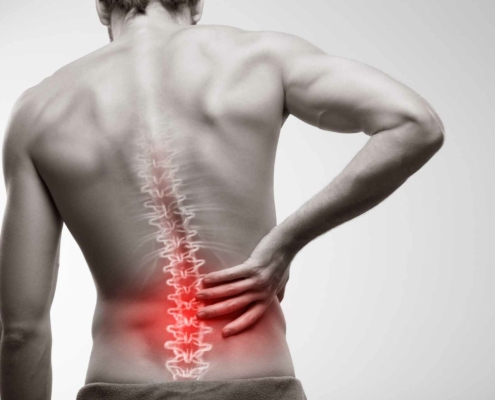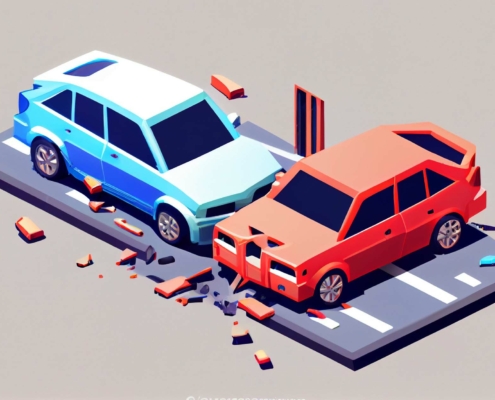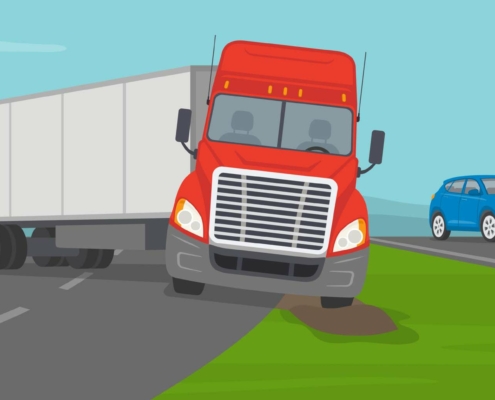What is the meaning of car accident law?
In California, people who suffer a car accident should be aware of the many laws that come into play. Car accident law refers to the legal principles and statutes that govern auto accidents. It encompasses a broad range of legal concepts, property and personal injury rights, and liabilities related to auto collision, resulting in property damage, injuries, or fatalities. Please contact our California auto accident attorney for a free consultation if you’ve been injured in an accident.
Are you required to have insurance in California?
According to California law, drivers must have insurance. This is because drivers are on the hook financially for any crash they are a part of. How much insurance coverage should you have? California car accident law requires a 15/30/5 insurance policy. This means that if another person is injured or killed in an accident, the driver’s insurance will pay a maximum of $15,000. If more than one person is killed or injured, the maximum increases to $30,000. For any property damage, the policy should cover $5,000.
If a driver is involved in an accident, they should be prepared to provide proof of insurance to law enforcement. If a person is unable to provide this proof, they may face fines or even a suspended license.
Uninsured and underinsured coverage covers damages and injuries caused by a driver who did not have sufficient insurance. This means if you are injured in an accident caused by someone with no insurance, your own insurance policy will help make up the difference in compensation. The policy will compensate you up to the amount you specify when creating the policy. If you refuse this type of coverage, you must make the declaration in writing.
The above-described insurance is required by the state of California. There are more options you may consider. In California, if you cause a crash, the injured driver can sue you for additional compensation. Let’s say your insurance will pay them $15,000, but their medical bills are $25,000. The driver could sue you for the additional $10,000 to cover their bills. Because of this risk, some people choose to buy additional coverage like:
- Medical payments covered
- Increased liability insurance
- Collision coverage
- Comprehensive coverage
- Theft coverage
What do you need to do after a car accident?
According to car accident law in California, after an accident, a driver must stop and see if anyone is injured before exchanging information. Section 20008 of the California Vehicle Code states that drivers must report an accident to California Highway Patrol or law enforcement if it caused an injury or death. This must be done within 24 hours. However, if police were at the scene, the driver does not need to file their own report.
According to Section 16000 of the California Vehicle Code, anyone involved in a car accident needs to report the crash to the DMV within ten days if:
- A person died
- A person was injured
- The property damage exceeded $750
An accident report should include this data:
- The contact information of those involved in the accident
- Location, date, and time of accident
- Insurance information
- Driver’s license and birth date of those involved
- Explanation of injuries and property damage
Anyone can be involved in a car accident. It is therefore important to know what to do if it happens to you. Right after a crash, you should assess whether there are any injuries and call 911 if so. You should then contact law enforcement to report the accident and get assistance if necessary.
When exchanging information with the other driver, provide the following info:
- Your name and address
- Your phone number
- Your driver’s license number
- Your VIN and license plate
- Your insurance information, including policy number
It is a good idea to check for any witnesses to the crash and take their information. You should take pictures of the scene, including damage to the cars, visual obstacles, and nearby signs.
If you suffered an injury in the crash, report this to your physician when you seek treatment. You can also file a claim with the other party’s insurance company if they were at fault.
What kind of compensation can you get after a car accident?
According to California car accident law, you have the right to compensation after a car accident. Damages are typically categorized as economic and non-economic. Economic damages relate to financial losses and may include:
- Lost wages
- Car replacement or repair
- Medical expenses
- Lost earning capacity
- Job loss
- Funeral expenses
- Property loss
Non-economic damages are hard to quantify. They include:
- Emotional distress
- Pain and suffering
- Mental anguish
- Inconvenience
- Disability
- Disfigurement
- Loss of companionship
Some states place a limit on how much financial compensation you can get after an accident. However, California has no such limit. The state does impose restrictions on uninsured drivers. If an uninsured driver is involved in an accident, they are barred from non-economic damages like pain and suffering. This is the case whether or not they were at fault for the crash. However, they are still free to file a claim for economic damages, such as medical bills and property damage.
How long do you have to get compensation after a car accident?
You only have a certain period of time to file a legal action. This is called the statute of limitations. After a car accident, you only have a specific time window to file a personal injury claim against the responsible driver. In California, the statute of limitations is two years for a claim related to an injury. If the claim is related to property damage, it increases to three years from the date of the accident. If you try to file a claim after this time period, the judge will likely throw out the claim.
In some rare circumstances, the statute of limitations can be extended, or tolled. These unique cases include when:
- The victim is a minor or mentally disabled
- The plaintiff cannot find the defendant
- The defendant is in prison
- There has been a delay related to discovering an injury
In situations where the government is involved, the statute of limitations may be reduced. If a government party caused the accident, the victim may only have six months to file a claim.
To prove that another party is at fault, it is necessary to show negligence. This means you need to prove that they did not drive as a reasonable person would have. A reasonable person obeys traffic laws and displays caution.
Negligent behavior includes:
- Speeding
- Ignoring traffic laws
- Driving under the influence
- Driving while distracted
- Following at a close distance
In some accidents, one driver may not have been obeying the rules of the road. These include:
- Not following speed limits. When driving conditions are dangerous, drivers must reduce their speed.
- A driver must demonstrate caution when entering another road or yielding to oncoming cars.
- A driver needs to maintain a safe distance between their car and the one in front. Following too closely can cause an accident.
- Drivers should keep their eyes on the road. Using phones or tablets can cause accidents.
A personal injury lawyer can review your case to determine what laws the other driver broke. A judge or jury will then evaluate your claim to determine whether you deserve compensation.
Insurance companies will usually have an agent investigate the accident to gather accounts of what happened. Sometimes they will contact witnesses to get an unbiased take on what happened. The agent, or claims adjuster, may ask for medical reports or documentation related to damages.
How does California determine fault?
California determines fault in a car accident using a pure comparative negligence system. This means if both parties are found to be liable for the accident, they are responsible for their portion of the damages. For example, one person may be found to be 80% responsible and the other person 20% responsible. If the damages add up to $100,000, then one person will pay $80,000 and the other will pay $20,000.
Sometimes, multiple people are at fault in an accident. In California, everyone pays for their part in the accident. This way, one person is not paying for another person’s role in the accident.
What does ‘pure’ mean? This means that a victim can get compensation regardless of their own part in the accident. Let’s say a driver is determined 90% at fault for an accident. He or she could still get 10% of the damages awarded. In other states, you can only get compensation if you are 50% or less responsible for the crash.
This system not only applies to court cases, but also insurance evaluations. An insurance adjuster may assign fault in a similar way and make a settlement accordingly.
How can a car accident lawyer help?
After being involved in a car accident in California, you should be sure to contact an experienced personal injury attorney to maximize your compensation.
Personal injury lawyers can help you with every stage of the claims process. They will deal with the insurance company, negotiating for the highest settlement possible. They can also help with the investigation process, gathering the evidence needed to identify fault and evaluate damages.
In California, most car accident lawyers charge a contingency fee. This means you only pay them if you win the case.


